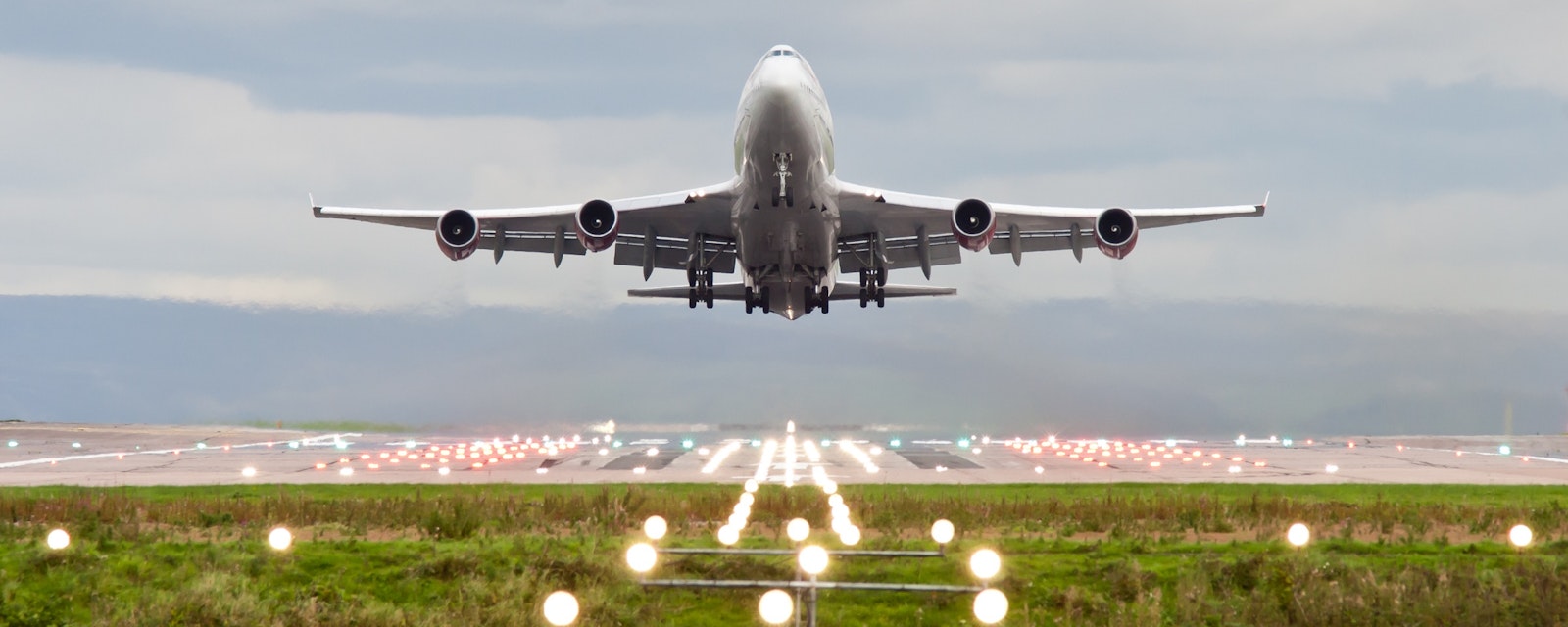Airlines are grappling with a world in flux, shaped by the impact of the Trump administration’s tariffs. Teneo has developed scenarios outlining a range of potential outcomes for the global aviation sector.
The Trump administration’s tariffs and U.S. foreign policy have introduced potential headwinds for the global aviation industry. Teneo’s base case assumes the likely scenario of disruption in the medium term, weighing on aviation demand across the forecast period, with a c. 17% decline in North American international travel in the immediate aftermath of the tariff announcements before recovering later in the year. Despite the 90-day pause, consumers and businesses are likely to remain uncertain about the future, and fears of a recession could dampen confidence. Meanwhile, wider geopolitical realignment resulting from tariff disruption and regulatory changes are threatening to raise airlines’ costs and fares.
The impact of these circumstances is highly regional. In Europe, the transatlantic corridor is expected to narrow, and sluggish economic performance is expected to suppress travel demand. U.S.-China tension pose more complex questions around how shifting spheres of influence will likely shift passenger demand across different regions.
This report combines Teneo’s extensive experience in the global transportation industry with its proprietary aviation passenger forecasting model. The model can produce detailed forecasts for every major country and airline, considering a range of drivers and inhibitors. This paper presents Teneo’s aviation volume forecast up to the end of 2026 on a regional level.
Executive Summary
In 2025 and 2026, global aviation demand is expected to face significant headwinds amidst economic and geopolitical uncertainty as consumers and businesses adopt risk-averse strategies.
In 2024, aviation demand remained resilient in the face of macroeconomic challenges. Lower inflation across most regions and a recovery in incomes supported this rebound, as consumers and businesses improved their fortunes.
However, the aviation sector faces significant headwinds in the medium term that are at odds with improving consumer and business incomes:
- Globally, the Trump administration’s tariffs and wider ‘ratcheting up’ of trade tensions will likely create uncertainty, and fears of a recession will likely cause travellers to cancel or postpone travel plans
- In North America, demand has recovered to pre-COVID levels, but uncertainty around the impact of the Trump administration’s policies will drive suppression of travel demand as consumers and businesses prepare for turbulence and cut costs
- In Europe, we expect that economic stagnation, coupled with infrastructure challenges and regulatory burden, will likely impact growth as carriers struggle to remain competitive amongst an increasingly cost-conscious customer base
- In Asia, strong economic growth, increasing intra-continental trade
volumes, and an expansion of the middle class are likely to drive
consumption and increase demand for travel as new demographics
gain access and desire to travel - Lastly, the aviation sector faces potential supply-side constraints on its ability to service demand – long-standing delays in aircraft deliveries and persistent labour shortages are expected to continue into 2026 and beyond
To read the full report, please click below:
View Full Report



